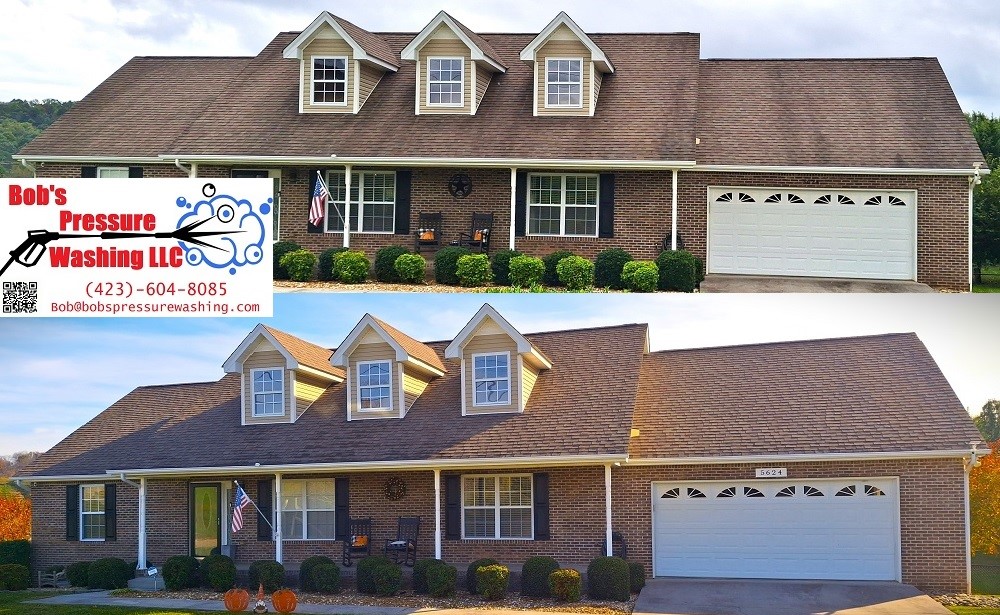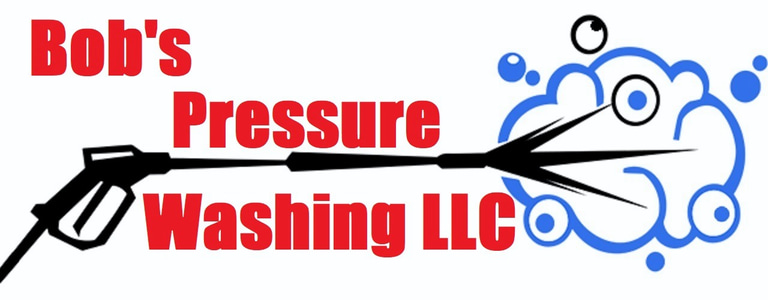Roof Repairs: How Regular Soft Washing Saves You Thousands
Regular soft washing is key to extending the life of your roof and preventing costly repairs. By safely removing dirt, moss, and algae, it helps maintain your roof’s integrity, preventing damage that can lead to expensive fixes. Protect your investment with routine soft washing and save thousands in the long run.
EXTERIOR CLEANING SERVICE PROCESSESBASIC HOME MAINTENANCECURB APPEALPRESSURE WASHING SERVICES


The Importance of Your Roof
Roofs serve a fundamental purpose in the integrity and comfort of a home, acting as the first line of defense against various environmental elements such as rain, snow, wind, and sunlight. A well-maintained roof not only safeguards the structural framework of a house but also ensures the protection of personal belongings and the health of its occupants. When functional, roofs contribute to insulation, energy efficiency, and the overall aesthetics of a dwelling. They play a critical role in regulating indoor temperatures, preventing excess heat loss during cold months, and minimizing energy expenses in the warmer seasons.
Despite their importance, roofs often face neglect. Homeowners may overlook routine inspections and maintenance, leading to the accumulation of debris, algae, mold, and other harmful substances. These factors can deteriorate roofing materials over time, resulting in deterioration and potentially severe damage. The consequences of neglect can be extensive; small leaks that begin as minor issues can escalate into significant problems, necessitating costly repairs or even complete roof replacements. Addressing these matters promptly can safeguard your home investment as well as your family's well-being.
Additionally, regularly maintained roofs enhance the overall curb appeal of a property, thus impacting its market value. Potential buyers often consider the condition of the roof when assessing a home's value. A well-kept roof signifies to prospective buyers that the property has been cared for and is less likely to require significant repairs in the near future. Conversely, a deteriorating roof can deter buyers and lead to lower offers. Therefore, prioritizing roof maintenance, including soft washing as part of an exterior cleaning regimen, proves essential for both aesthetics and protection.
The Cost of Neglecting Roof Maintenance
Neglecting roof maintenance can lead to significant financial repercussions for homeowners. The average cost of a roof replacement ranges from $8,000 to $20,000, a substantial investment that can strain budgets and financial plans. This figure is alarming; however, it is only the tip of the iceberg. Homeowners may not realize that minor issues, if left unaddressed, can escalate into severe damage that necessitates extensive repairs or even complete replacement.
Many small problems, such as minor leaks or the accumulation of debris, can go unnoticed until they manifest into larger issues. For instance, a small leak may lead to rot and mold within the underlying structure, compromising not only the roof but also the entire framework of the home. This chain reaction can necessitate repairs well beyond the roof itself, increasing the overall costs significantly. Furthermore, if a roof reaches a state of disrepair, it can also affect a home’s energy efficiency, leading to higher utility bills as heating and cooling systems work harder to maintain comfortable temperatures.
There are numerous real-life examples illustrating the financial pitfalls of insufficient maintenance. Homeowners who overlooked simple issues often found themselves facing unexpected repair bills that could have been avoided with regular inspections and maintenance. One family, for instance, faced a $15,000 bill after water damage caused by an unaddressed leak compromised not only their roof but also their attic insulation and walls. Such cases serve as cautionary tales, highlighting how neglecting roof maintenance can lead to unforeseen expenses that could have been prevented with proactive measures.
Overall, the importance of regular roof maintenance cannot be overstated. Taking the time to address small issues and maintain a roof can result in substantial savings, protecting homeowners from potential financial burdens associated with neglect.
What is Soft Washing and How Does it Work?
Soft washing is a cleaning technique specifically designed to treat delicate surfaces, such as roofs, without the risk of damage often associated with traditional pressure washing. Unlike pressure washing, which employs high-pressure water jets to remove dirt and debris, soft washing utilizes a much gentler approach that relies on specially formulated cleaning solutions combined with low pressure. This method effectively eliminates organic growth like moss, algae, and lichen, which can compromise the integrity of roofing materials over time.
The process of soft washing starts with an assessment of the surface to be cleaned. Professional cleaners typically use a mixture that includes biodegradable detergents, which are safe for the environment and the surfaces being treated. These cleaning agents break down the dirt and contaminants effectively while ensuring the underlying materials are not harmed. Following the application of the cleaning solution, a low-pressure rinse with water helps wash away the debris, leaving the surface clean and rejuvenated.
Equipment used in soft washing often includes a specialized soft wash system that may consist of a pump, a tank for holding cleaning solutions, and a spray nozzle designed for low-pressure outputs. This equipment allows for controlled application and minimizes the risk of causing damage to sensitive surfaces. Soft washing is not only a cleaner alternative but also significantly reduces water waste compared to traditional methods.
One of the key advantages of soft washing is its long-lasting effects. The cleaning solutions used not only clean the surface but also help inhibit the regrowth of algae and other organisms, prolonging the life of the roof. By adopting soft washing as a maintenance option, homeowners can significantly reduce the need for costly repairs, ensuring their roofs maintain both aesthetic appeal and structural integrity over time.
The Benefits of Regular Soft Washing for Roof Longevity
Incorporating regular soft washing into your roof maintenance routine offers numerous advantages that significantly enhance the longevity of your roof. Soft washing is a cleaning technique that utilizes low-pressure water combined with specialized soaps and detergents to eliminate unwanted substances such as algae, moss, and dirt. These harmful elements can lead to premature roof degradation and a decrease in overall structural integrity. By effectively removing these contaminants, soft washing helps to prevent costly repairs and extends the lifespan of your roof, ultimately saving homeowners thousands of dollars.
Beyond preservation, regular soft washing also improves the aesthetic appeal of your home. An unclean roof can detract from the overall appearance of a property, creating a negative impression. In contrast, a freshly soft-washed roof can revitalize the exterior of your home, enhancing its curb appeal and potentially increasing property value. Home buyers are often attracted to well-maintained properties, and a roof that looks good can serve as an indicator of overall home upkeep.
Homeowners should consider scheduling soft washing at least once a year, although the frequency may vary based on local climate conditions and the type of roofing material. Areas with high humidity or heavy rainfall may require more frequent cleanings to prevent rapid algae or moss growth. When selecting a professional service provider, it is essential to look for licensed and insured contractors with experience in soft washing techniques. Checking customer reviews and verifying references can further ensure that you choose a competent and reliable company.
In conclusion, regular soft washing not only prevents the buildup of harmful substances on your roof but also contributes to the overall appeal and value of your home. By prioritizing this maintenance practice, homeowners can enjoy long-lasting benefits while avoiding potentially significant repair costs.
